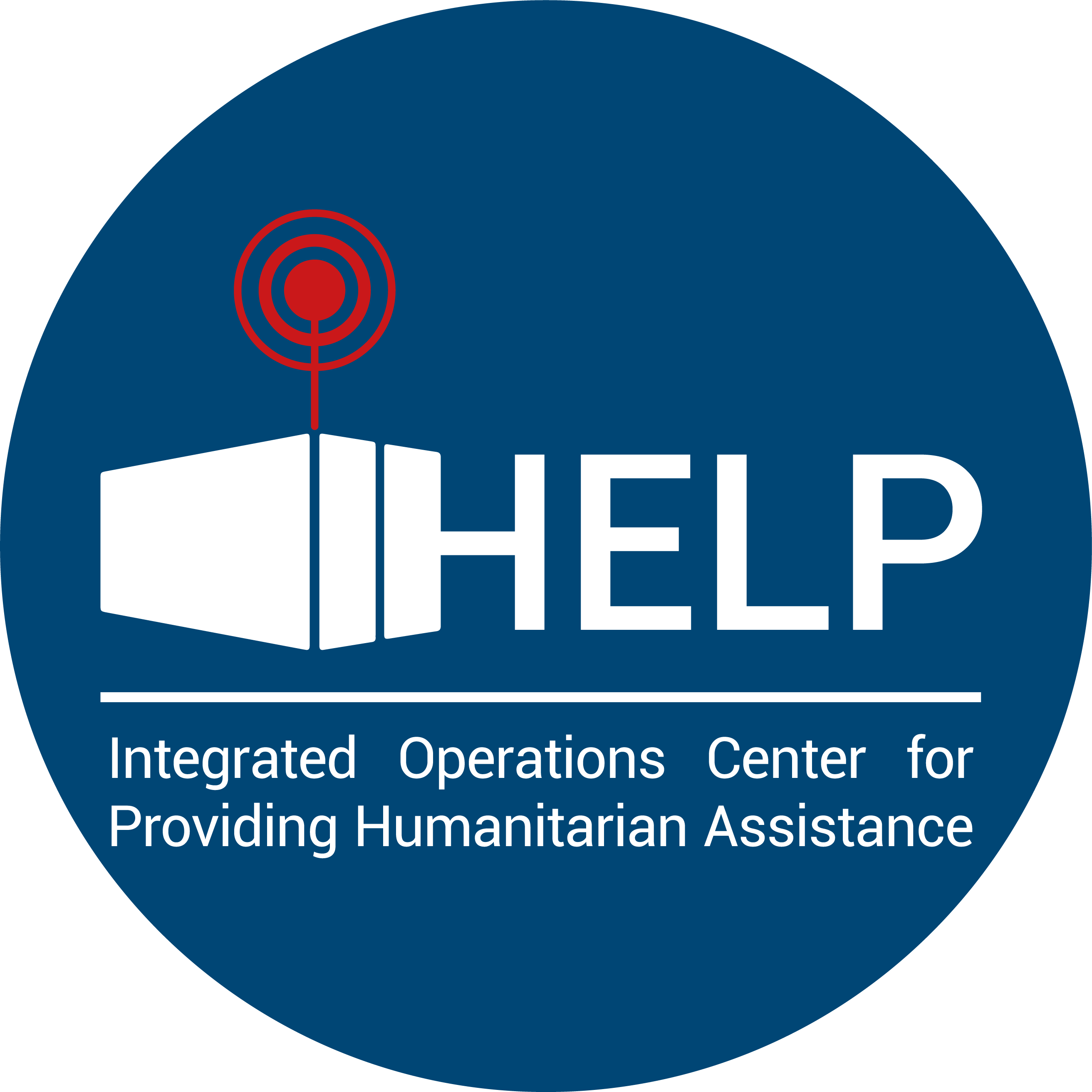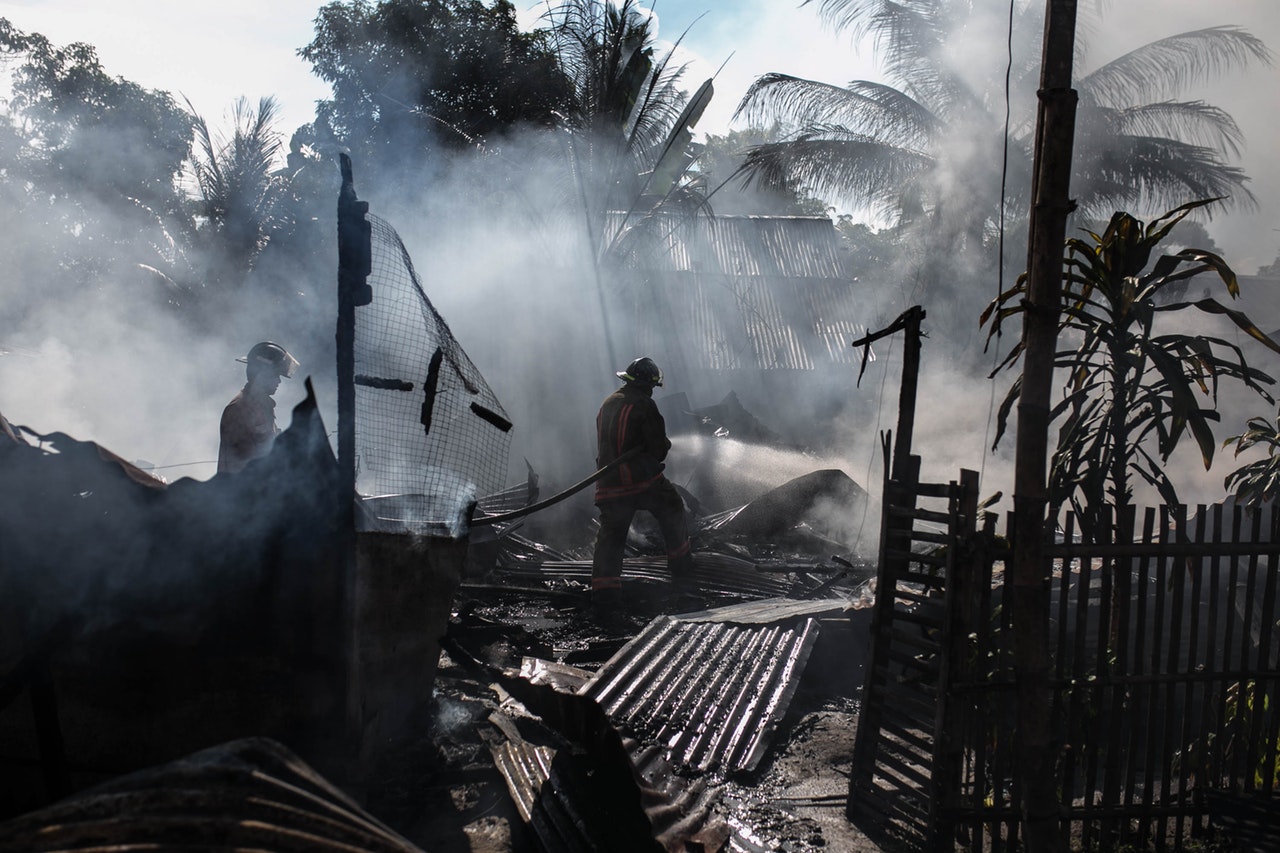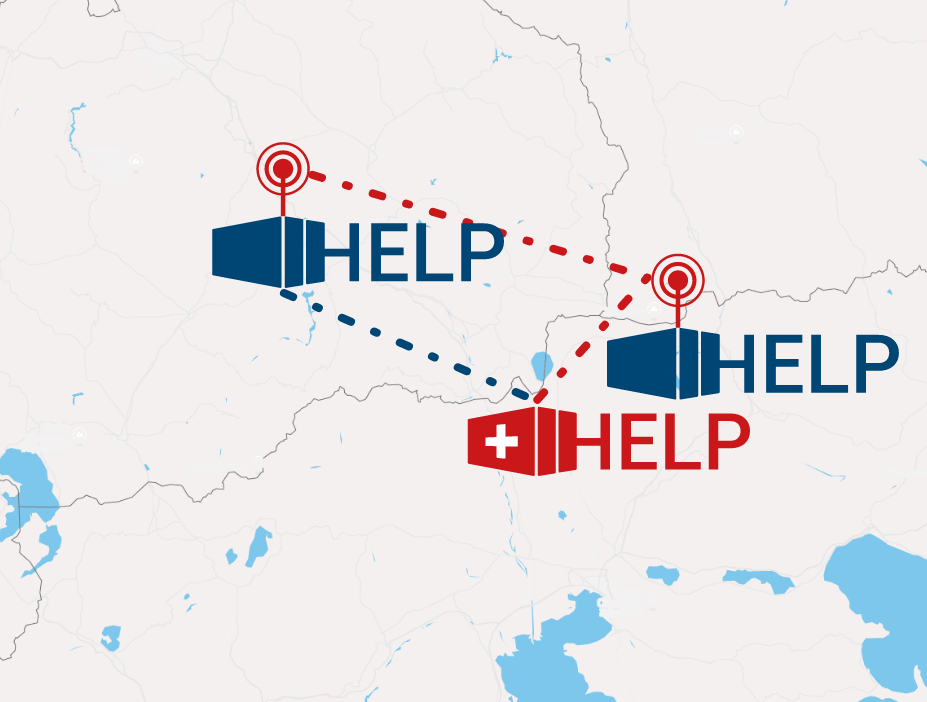The main output and innovation of project HELP is the development of 3 prototype containers, namely 2 interconnected “Command, Control, Communications, Computers and Intelligence Centers (C4I)” and 1 on-site Medical treatment facility (MED). Detailed designs and users’ manual (transport, setup, use) will be produced.
Both C4I containers will coordinate communication and activities among planning authorities & acting teams, operating either autonomously or interconnected to the other C4I container across the border. It will be compatible with the infrastructure of both local public authorities (platforms, hardware, protocols, software) and support humanitarian logistics. The C4I container will host radio stations, satellite communications, GSM, Wi-Fi, peripherals (internet points, CCTV, customized ICT tools for the direct communication of operational teams with facilities). The MED container will support the basic medical needs of a humanitarian camp. Detailed designs and users’ manual (transport, setup, use) will be produced.
One of the C4I containers and the MED container will be delivered to local authorities in Greece and the second C4i container will be delivered to local authorities of the Republic of North Macedonia.









